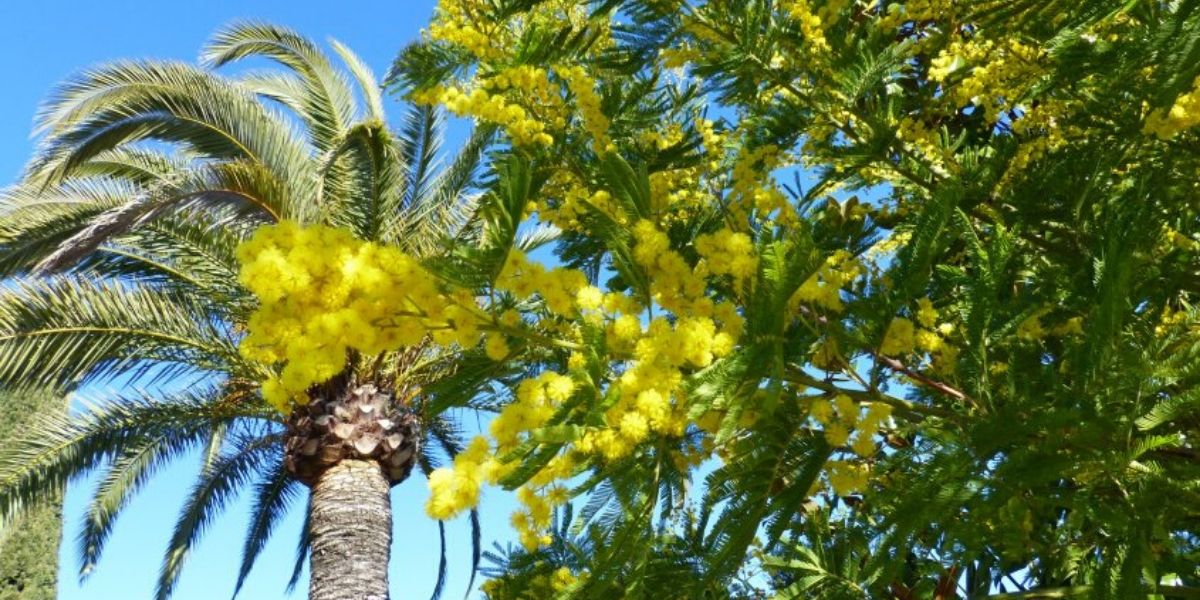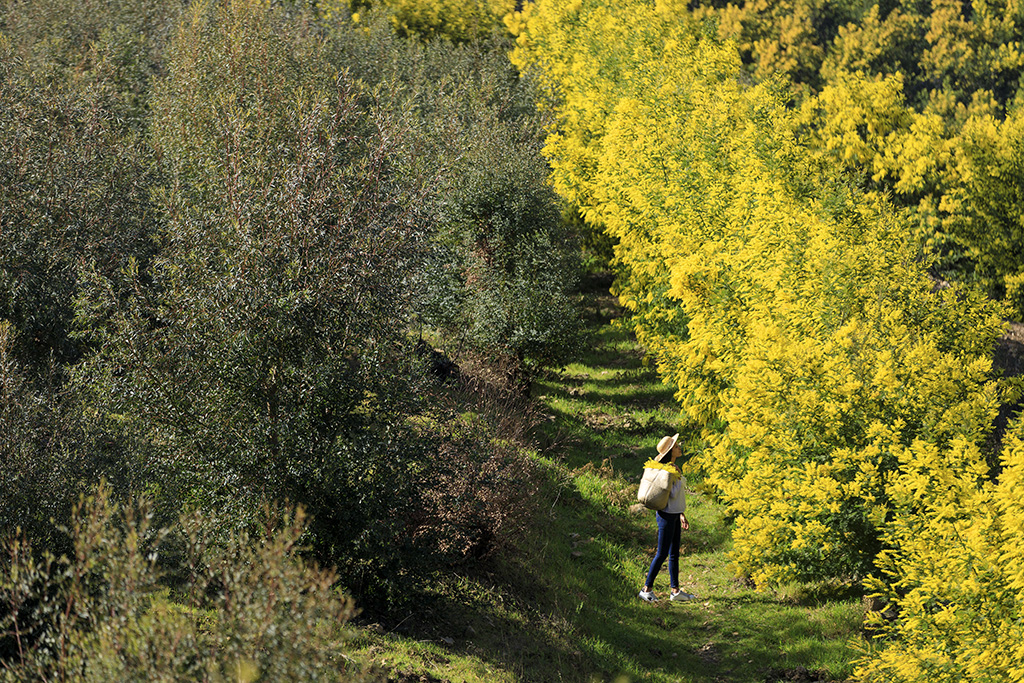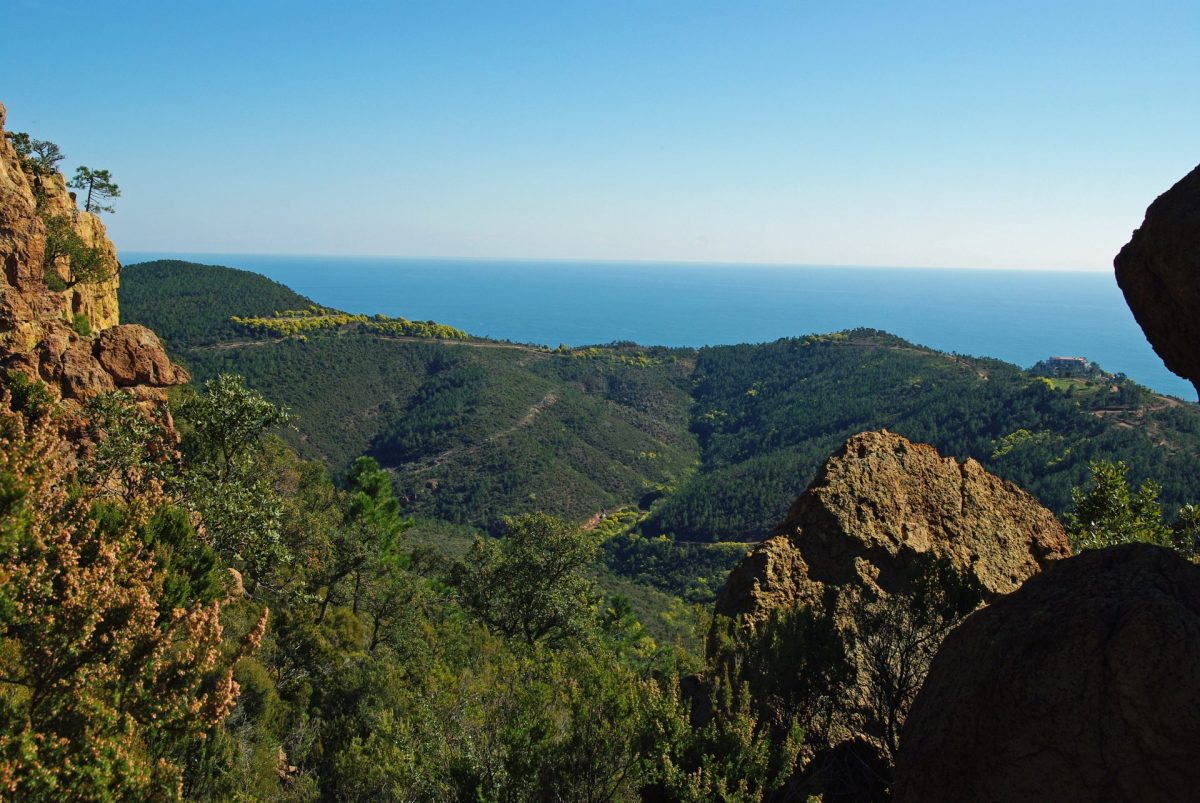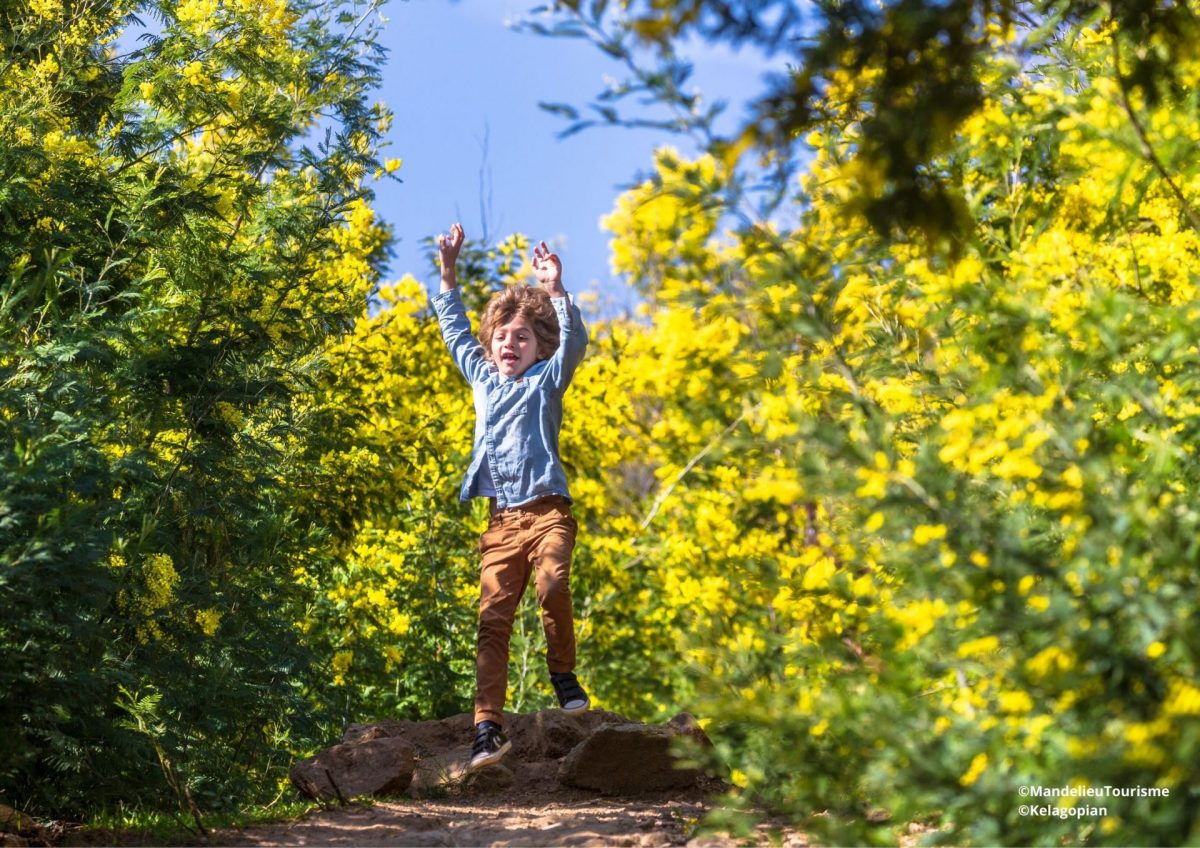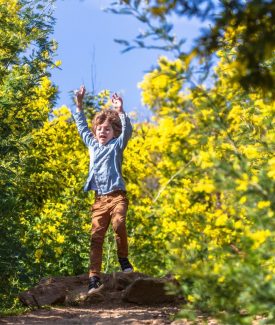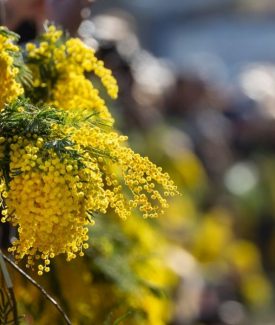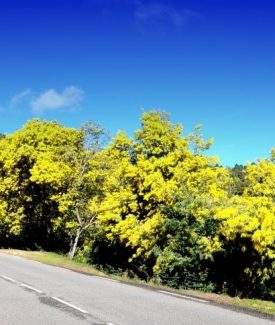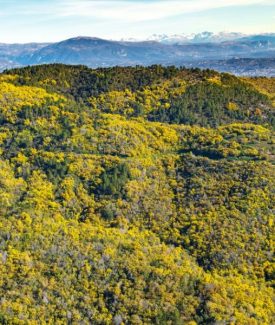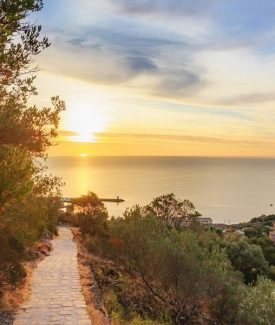Different species
Mimosa belongs to the genus Acacia and clade Mimosoideae. The different species are used for a wide range of purposes: cut flowers, ornamental or rock gardens, defensive or windbreak hedge, to stabilise sand or soil, but also for perfumery. It is grown essentially in southern Australia, South Africa and southern France, especially the Tanneron Massif.
Main characteristics
More about mimosa…
The soil must be poor and, especially, well drained, even dry and pebbly; mimosa cannot withstand stagnant water. The soil must be acid. Trees can grow 6m (20 ft.) tall, 30m (100 ft.) in its native Australia. It is a tree with persistent perennial flowers. It is hardy enough to resist temperatures of ‑10°C (14°F) in a sheltered place.
It is planted in spring and must be abundantly watered the first year, once a week. Flower-bearing branches must be pruned after blooming to prevent the formation of useless pods. It is important to find the right balance between keeping those branches and eliminating those that are poorly placed or too thick.
The small golden yellow velvety tassels (glomerules), gathered in bouquets, are hung directly on the stem (sessile). The light green, sometimes bluish, evergreen foliage is decorative all year round. Often very light, it reminds one of certain ferns.
Different varieties of mimosa
800 species have been identified out of the estimated 1,200. The main varieties of mimosa grown in south-eastern France are derived from Acacia Dealbata: Le Mirandole occupies 60% of surface areas, L’Astier 10% and Le Gaulois 30%, the variety of mimosa most resistant to cold weather, with the species commonly known as four seasons (quatre saisons) which, though requiring more water, blooms several times in the year.
Some varieties
- Le Gaulois (Acacia dealbata): a large, very vigorous with dark green compound leaves. Abundant sulphur-yellow blossoms which emerge mainly from the foliage from late January to March.
- Le Tournaire (Acacia dealbata): average development. The leaves are short and dark green. The wood of young branches is red. Early blooming from late December to January. Pure brilliant yellow flowers in long upright clusters.
